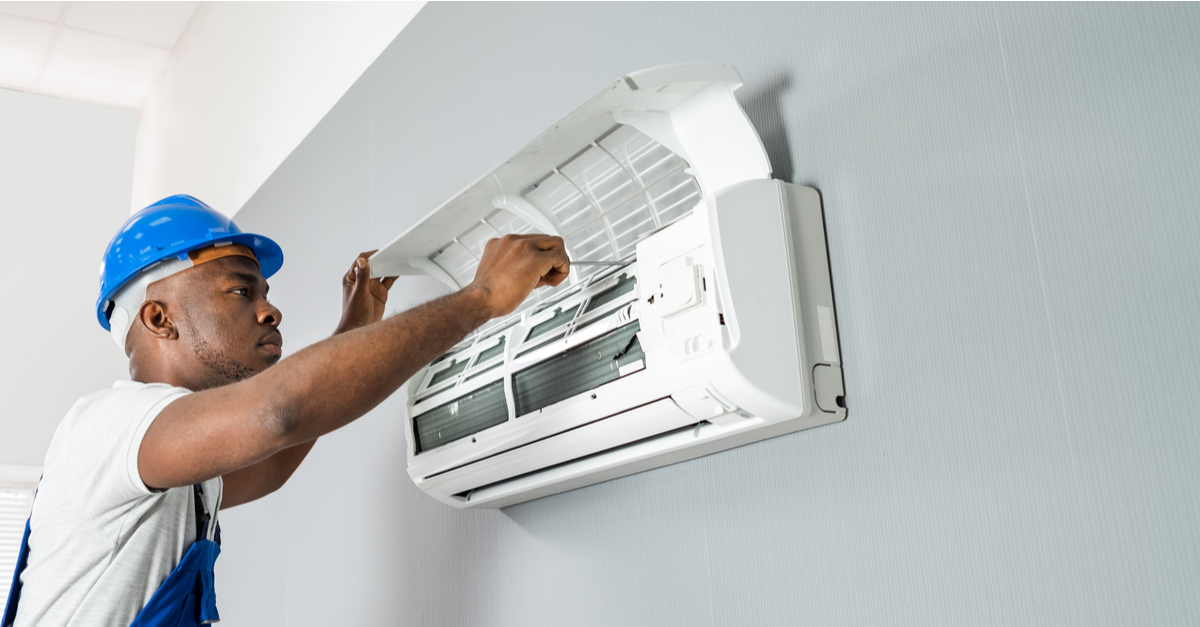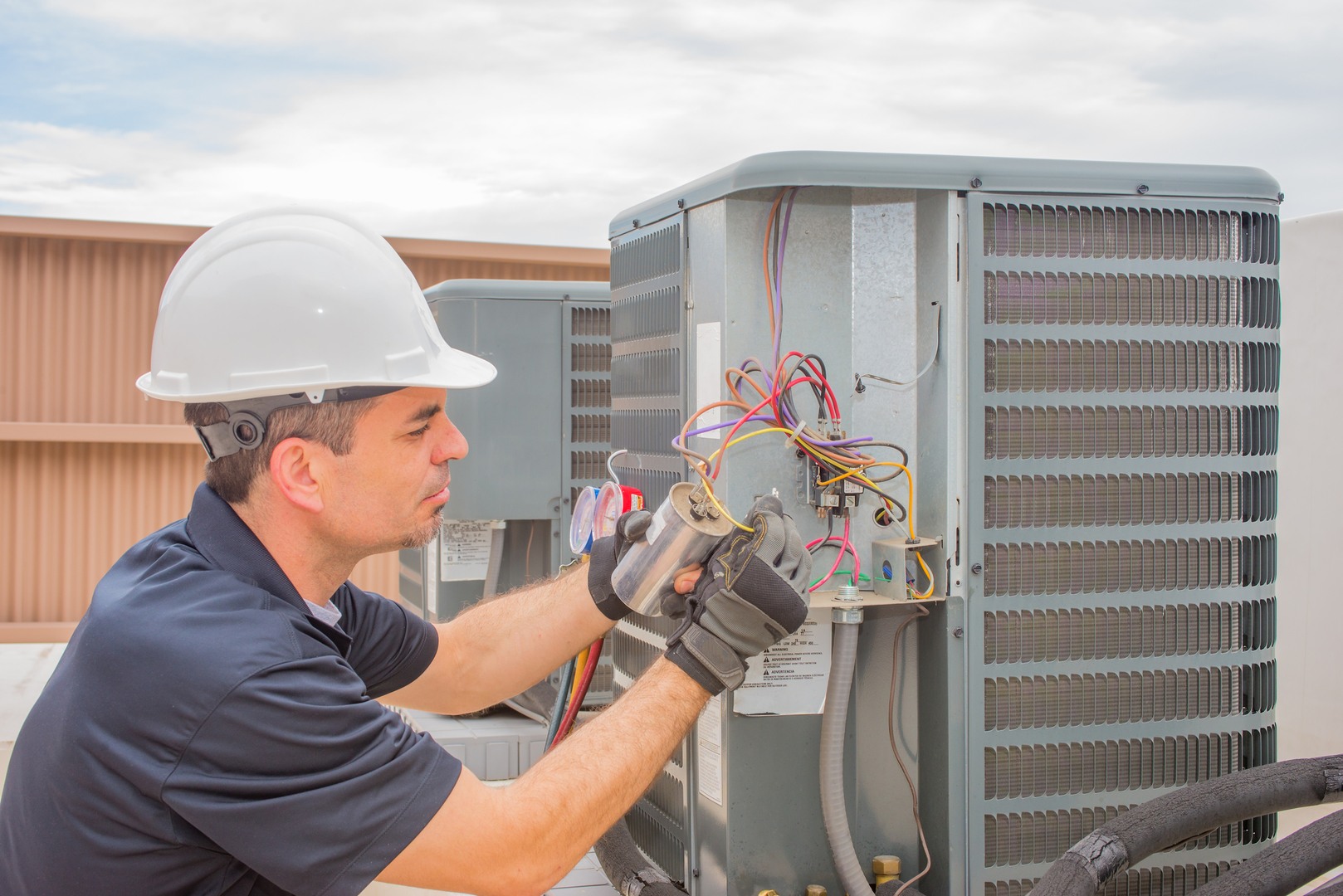Taking into consideration the intricacies of cooling down ancient houses, a/c installation for historic homes positions strange situations.
Just how can you protect the integrity of duration properties while ensuring top-notch indoor comfort?
Unravel the enigmatic interaction in between contemporary cooling eases and ageless building prizes in the adhering to conversation.
Key Takeaways
- Maintain historical beauty with proper products and professional assistance.
- Update electrical systems for contemporary HVAC compatibility and safety and security.
- Discover compact air conditioning choices like mini-split or high-velocity systems.
- Boost power efficiency with insulation, clever thermostats, and upkeep.
Historical Factors to consider
When taking into consideration the setup of air conditioning in a historic home, it is very important to understand the one-of-a-kind historic elements of the building. Repair difficulties commonly develop when attempting to blend contemporary convenience with protecting the historic stability of the home. The building influence of installing air conditioning have to be very carefully examined to see to it that the system doesn't detract from the home's original layout.
Maintaining the historical appeal of a home while updating its features can be a fragile equilibrium. Restoration difficulties might include finding ways to conceal ductwork, finding discreet areas for the outdoor system, or adapting the system to fit within the existing architectural restrictions. It's important to collaborate with specialists experienced in historic home restorations to navigate these difficulties efficiently.
The building influence of including cooling can be considerable. Careful factor to consider must be given to just how vents, thermostats, and other aspects will mix with the home's aesthetic. Making sure that the installment doesn't endanger the historic honesty of the building is extremely important when taking on such a project in a historic home.
Evaluating Electric Systems
To ensure a successful setup of a/c in a historical home, evaluating the compatibility and capability of the existing electric systems is essential. Prior to waging the installation, it is essential to evaluate whether the electrical system can handle the additional tons that the cooling system will certainly introduce. Sometimes, upgrading the voltage of the electric system may be required to make certain it can power the brand-new cooling system efficiently.
System compatibility is another vital element to evaluate when analyzing the electric arrangement of a historical home. Older electric systems might not be compatible with contemporary a/c devices, which might cause breakdowns or even position safety and security risks. Making sure that the electrical system is compatible with the brand-new air conditioning tools will certainly aid protect against any kind of prospective issues down the line.
Room Constraints and Ductwork Options
When taking care of restricted area in your historic home, you could wish to check out ductless mini-split systems or high-velocity HVAC systems as sensible alternatives. These systems can give reliable air conditioning without the demand for substantial ductwork, making them suitable for older residential or commercial properties with room restrictions.
Ductless Mini-Split Solutions

Thinking about room restraints and different ductwork alternatives, ductless mini-split systems offer a functional service for air conditioning installment in historic homes. These systems offer substantial energy cost savings contrasted to traditional cooling and heating setups, as they permit zoning, suggesting you can cool certain areas just when needed.
The layout versatility of ductless mini-split systems is likewise helpful for historical homes, where protecting the original appearances is important. Without ductwork needed, installation is less invasive, making it a preferred option for older homes with restricted area or where preserving building integrity is a concern.
Ductless mini-split systems are reliable, customizable, and mix perfectly into historic interiors, using a functional and energy-efficient cooling remedy.
High-Velocity A/c Systems
High-Velocity heating and cooling systems give a compact and effective cooling solution for historic homes with minimal area and certain ductwork requirements. When thinking about these systems for your historical home, here are four bottom lines to remember:
- Mini duct systems: High-Velocity cooling and heating systems make use of mini ducts that are much smaller in size compared to typical ductwork, making them ideal for homes with area restrictions.
- Compact style: The portable style of these systems enables easier installment in older homes where space is limited.
- Effective cooling: In spite of their little size, high-velocity systems can supplying effective air conditioning throughout your historic home.
- Adaptable installment: These systems offer numerous ductwork choices, such as flexible tubing, which can be directed via existing walls without major improvements.
Energy Effectiveness Solutions
To enhance the power performance of your historical home, think about upgrading the insulation and integrating a wise thermostat. These services can help control indoor temperatures properly and minimize energy consumption, ensuring a much more lasting and cost-efficient cooling system for your special residential property.
Make these upgrades part of your cooling installment plan to make best use of convenience while reducing environmental impact.
Insulation Upgrades
Upgrading the insulation in your historic home can substantially boost its energy efficiency and general convenience while protecting its distinct character and beauty. Consider these crucial methods for insulation upgrades:
- Examine Home Window Treatments: Setting up energy-efficient window therapies like insulated curtains or blinds can aid lessen warm transfer and improve the total effectiveness of your home.
- Boost Roof Covering Insulation: Updating roofing insulation is vital for better temperature guideline within your historic home, helping to keep it cool in the summer and warm in the winter season.
- Seal Gaps and Cracks: Recognizing and securing voids and cracks in your home's walls, floorings, and ceilings can protect against air leak and improve insulation effectiveness.
- Take Into Consideration Attic Insulation: Correctly shielding your attic can considerably reduce warm loss and improve the overall power performance of your home.
Smart Thermostat Combination

Considering the energy-saving advantages of insulation upgrades in your historical home, integrating a wise thermostat can better improve your power effectiveness services.
Smart thermostats supply accurate control over your home's temperature settings, causing significant energy cost savings. By enhancing heating and cooling timetables based on your choices and day-to-day regimens, you can minimize power waste and lower utility costs.
In addition, wise thermostats offer remote access, allowing you to change the temperature level setups from anywhere using your mobile phone or computer system. This feature allows you to make certain your home is effectively warmed or cooled down even when you're away, taking full advantage of convenience while decreasing power consumption.
Embracing smart thermostat technology is a practical action in the direction of enhancing the energy efficiency of your historic home.
Preservation Techniques for Air Vents
Protecting the integrity of historic air vents is necessary throughout the installation of air conditioning systems in older homes. When it involves maintaining the architectural credibility of your historical property while updating its convenience, take into consideration the complying with preservation techniques for air vents:
- Repair Techniques: Execute careful restoration methods to protect the initial layout and product of the air vents, ensuring they mix seamlessly with the historic aesthetics of your home.
- Consult Experts: Seek advice from experts experienced in historical preservation to lead you on the most effective practices for preserving the air vents' architectural integrity.
- Custom-made Solutions: Discover customized remedies that accommodate the unique qualities of your historical air vents, permitting modern upgrades without jeopardizing their original charm.
- Period-Appropriate Products: Opt for period-appropriate products when repairing or replacing air vents, guaranteeing they line up with the historic era of your home's style.
Specialist Tips for Effective Installation
When mounting air conditioning in historic homes, making certain successful installment requires complying with expert ideas for a smooth combination with your residential property's special attributes.
Begin by meticulously evaluating warranty coverage supplied by different HVAC business to shield your investment in instance of malfunctions. Get all essential authorization requirements from neighborhood authorities before commencing any setup work to avoid legal issues down the line.
Budget plan planning is necessary; see to it to make up any type of unpredicted expenses that may arise throughout the installation procedure. Furthermore, establish upkeep schedules from the beginning to keep your brand-new system running effectively for many years ahead.
Often Asked Inquiries
Can Air Conditioning Be Installed in a Historic Home Without Compromising Its Historic Integrity?
Yes, you can mount cooling in a historical home without compromising its historical integrity. Preservation techniques can be made use of to flawlessly incorporate modern-day cooling systems while keeping the home's original appeal.
By strategically positioning ductwork and systems unseen, you can guarantee that the historical functions stay popular.
It's possible to delight in the comforts of cooling in a historic home without sacrificing its special character.
Are There Special Considerations to Bear In Mind When Installing A/c in a Historic Home With Outdated Electrical Equipments?
When upgrading circuitry in a historical home with out-of-date electric systems, unique considerations are essential. Conservation strategies should be made use of to maintain the historic stability of the building.
It's important to work with specialists that recognize the fragile balance between modern comforts and maintaining the home's unique personality.
How Can Ductwork Be Discreetly Installed in a Historic Home With Limited Room?
When taking care of limited area in a historical home, you'll need to ponder very discreet layout and space-saving remedies for installing ductwork. To maintain historical preservation while appreciating contemporary benefit, explore imaginative methods to put ducts away without endangering the home's aesthetics.
Look into slim air duct alternatives or consider using existing cavities for air duct placement. By mixing performance with subtlety, you can assure a seamless assimilation of air conditioning in your historic home.
What Are Some Energy-Efficient Choices for Cooling in Historic Houses?
When trying to find energy-efficient options for a/c in historical homes, take into consideration making use of energy-efficient zoning and mini split systems. Energy-efficient zoning aids regulate temperature levels in different zones of your home, saving energy.
Mini divided systems are a great selection for older homes with minimal room, offering both cooling down and heating features. https://islingtonacinstallation.co.uk By going with these services, you can maintain your historical home comfortable without endangering on energy performance.
Are There Certain Preservation Techniques That Should Be Made Use Of for Historic Air Vents Throughout Setup?

When installing a/c in historic homes, preservation methods play an essential duty. It is necessary to make sure that the existing air vents are meticulously integrated into the new system to preserve the historical aesthetic of the home.
Conclusion
When setting up a/c in historic homes, it's important to consider the one-of-a-kind obstacles such as protecting the home's historic stability, examining electric systems, and functioning within area restraints.
By meticulously planning and utilizing energy-efficient options, you can efficiently mount air conditioning without endangering the personality of your historic home.
Keep in mind to get in touch with specialists for support and guarantee appropriate preservation techniques for air vents to preserve the appeal and functionality of your home.
